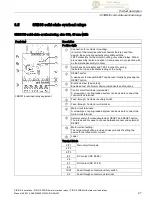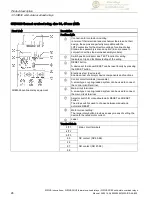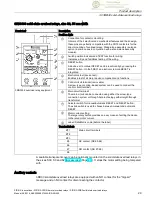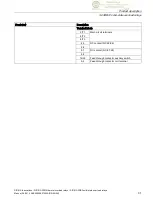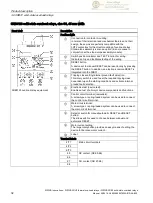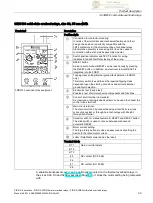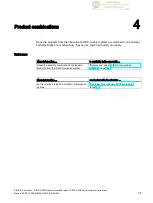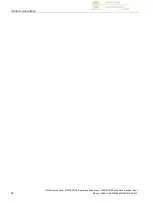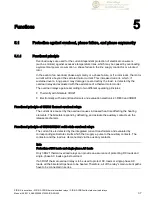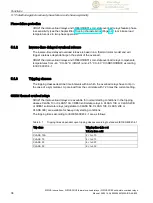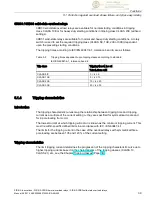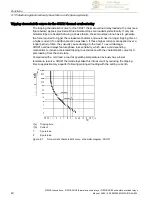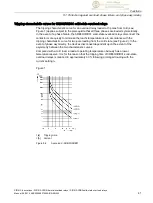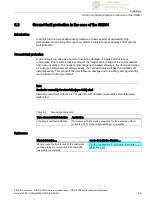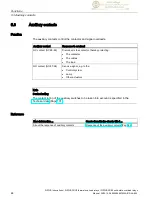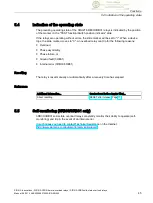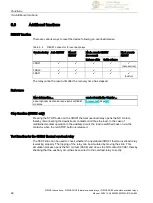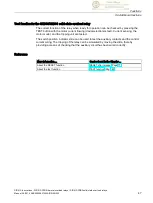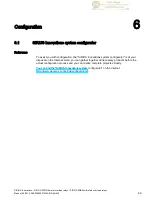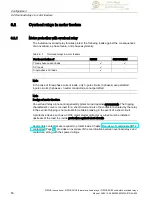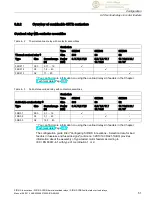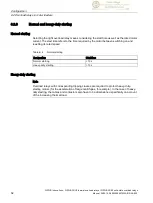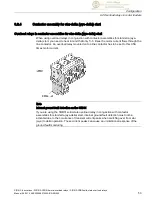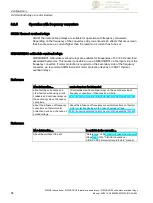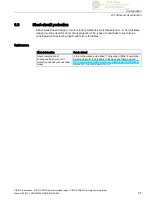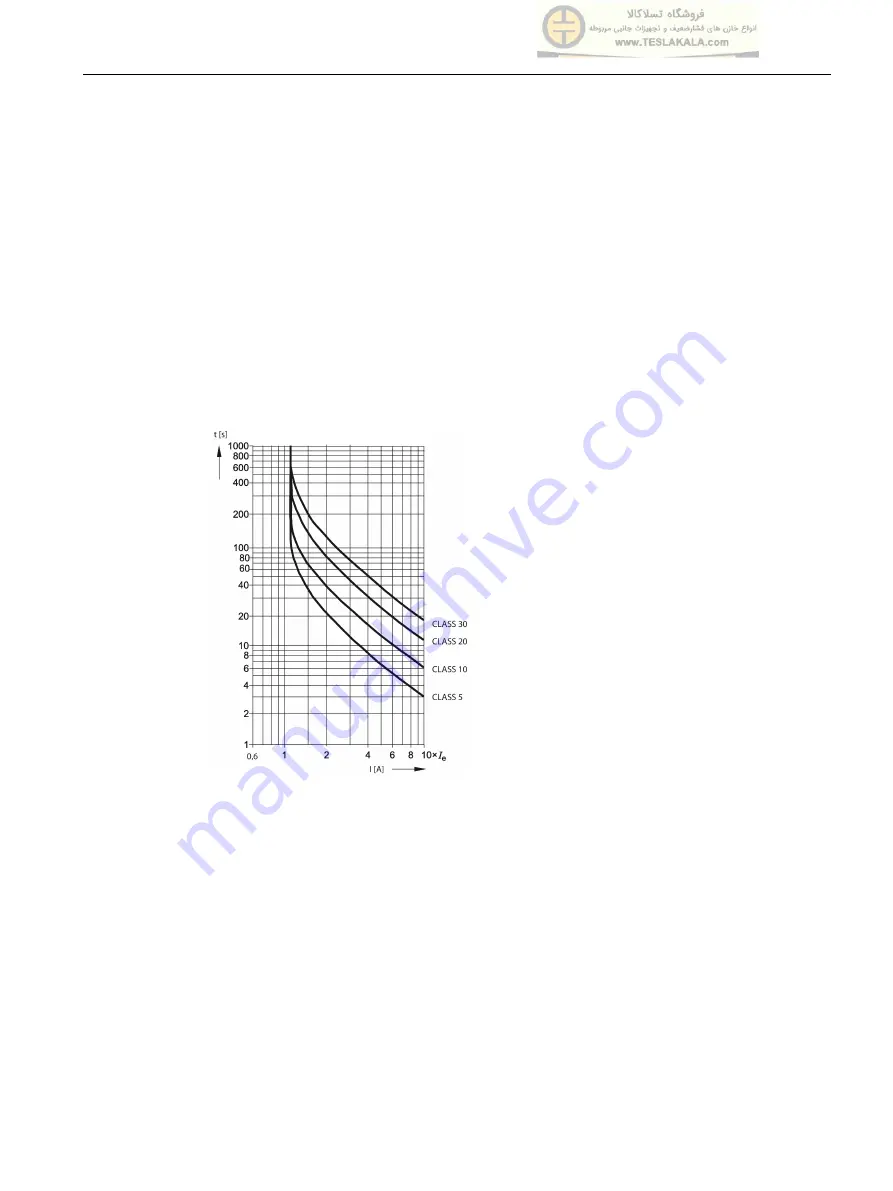
Functions
5.1 Protection against overload, phase failure, and phase asymmetry
SIRIUS Innovations - SIRIUS 3RU2 thermal overload relays / SIRIUS 3RB3 solid-state overload relays
Manual, 09/2014, A5E03656507420A/RS-AA/002
41
Tripping characteristic curves for 3RB30/3RB31 solid-state overload relays
The tripping characteristic curve for an overload relay loaded at 3 poles from cold (see
Figure 1) applies subject to the prerequisite that all three phases are loaded symmetrically.
In the event of a phase failure, the 3RB30/3RB31 solid-state overload relays disconnect the
contactor more quickly to minimize the load's temperature rise in accordance with the
tripping characteristic curve for two-pole loading from the cold state (see Figure 2). In the
event of phase asymmetry, the devices disconnect dependent upon the extent of the
asymmetry between the two characteristic curves.
Compared with a cold load, a load at operating temperature obviously has a lower
temerature reserve. It is for this reason that the tripping time of 3RB30/3RB31 solid-state
overload relays is reduced to approximately 30 % following prolonged loading with the
current setting I
e
.
Figure 1
t [s] Tripping time
I [A] Current
Figure 5-2
3-pole load - 3RB30/3RB31

